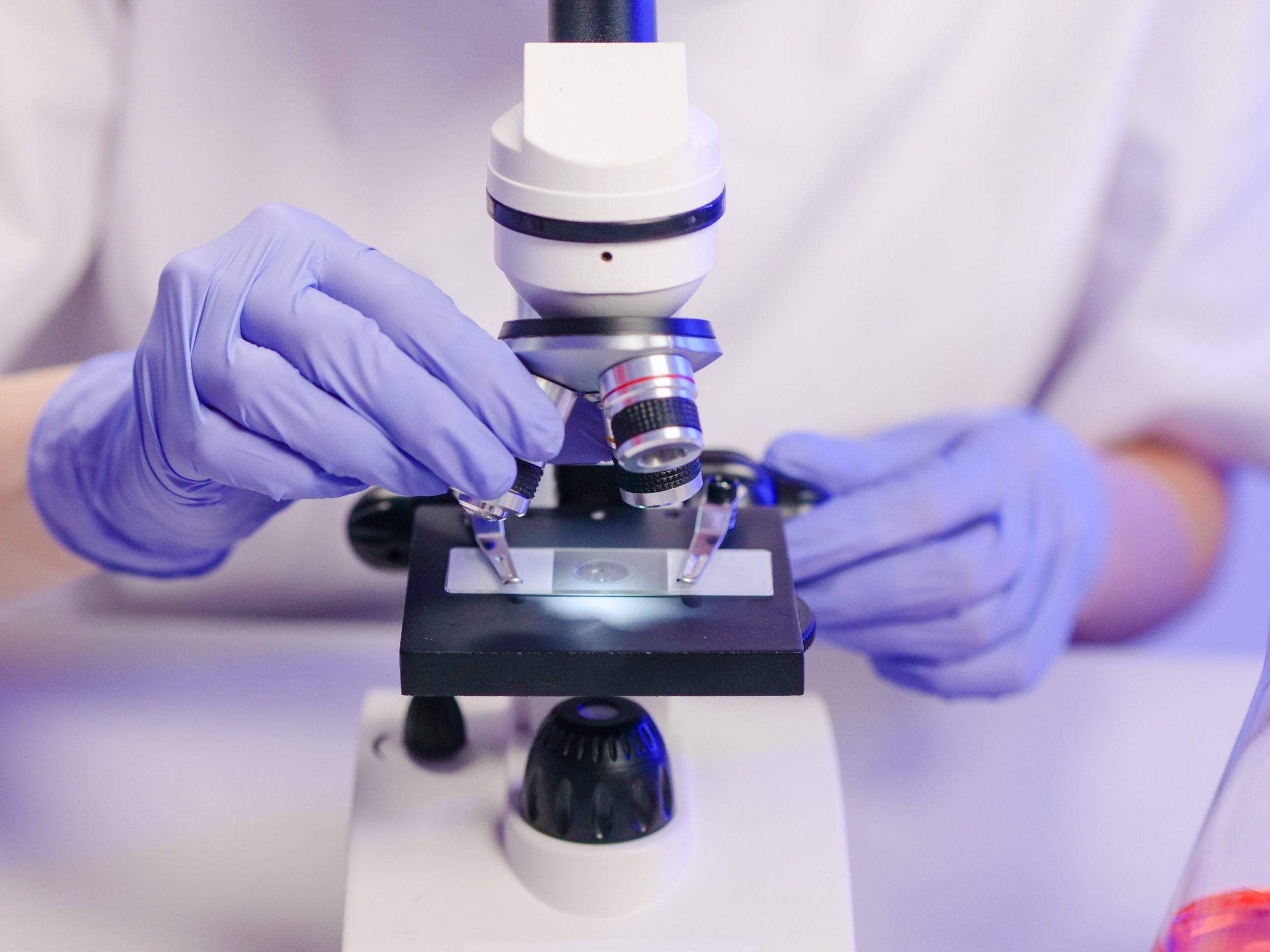A team led by scientists from Van Andel Institute and Max Planck Institute of Immunobiology and Epigenetics has made an important discovery regarding the treatment of Type 1 and Type 2 diabetes. The team has revealed two distinct subtypes of insulin-producing beta cells, which can be vital in understanding and treating both forms of diabetes.
 Insulin-producing beta cells, also known as ß cells, are responsible for balancing the body’s metabolic functions. These cells produce insulin, which regulates blood sugar levels by either using dietary sugar right away or storing it for later use. When a person has Type 1 diabetes, their immune system attacks the ß cells, making it impossible for them to produce insulin.
Insulin-producing beta cells, also known as ß cells, are responsible for balancing the body’s metabolic functions. These cells produce insulin, which regulates blood sugar levels by either using dietary sugar right away or storing it for later use. When a person has Type 1 diabetes, their immune system attacks the ß cells, making it impossible for them to produce insulin.
Recent findings from a study on insulin-producing beta cells have revealed the existence of two subtypes: beta high (ßHI) and beta low (ßLO). This discovery may lead to an increased understanding of type 1 and type 2 diabetes and could potentially lead to improved treatment options for these conditions. Interestingly, the study also suggests that epigenetic dosage, rather than transcription factors, may drive the decision of beta cells to become either ßHI or ßLO.
Previous research has shown that beta cells are among the longest-lived cells in the body, with lifespans of 30 to 40 years. These cells arise from stem cells, which differentiate into various cell types in the body, including beta cells. The process of differentiation is primarily guided by transcription factors, which control gene expression. However, the latest research indicates that beta cells may be an exception to this rule.
The findings suggest that epigenetic dosage, which refers to the level of epigenetic modifications in specific genes, may play a significant role in determining whether a beta cell becomes ßHI or ßLO. This is the first time that epigenetic dosage has been identified as a factor in the differentiation of related cell types. The researchers believe that further study of these subtypes of beta cells could lead to a deeper understanding of diabetes and improved treatment options for those who are affected by it.
A recent study has discovered that the amount of a specific epigenetic mark called H3K27me3 controls the number of two subtypes of insulin-producing ß cells. The researchers identified this mark as a key driver of differentiation and found that the dosage of the same mark determines the ratio of ßHI versus ßLO cells. This discovery provides a potential target for developing new diabetes treatments. By understanding how epigenetic marks regulate gene expression, scientists can further explore how to manipulate these marks to optimize insulin production in pancreatic cells. These findings shed light on the complex processes involved in the differentiation and function of different types of beta cells, and could lead to new therapies for diabetes patients.


